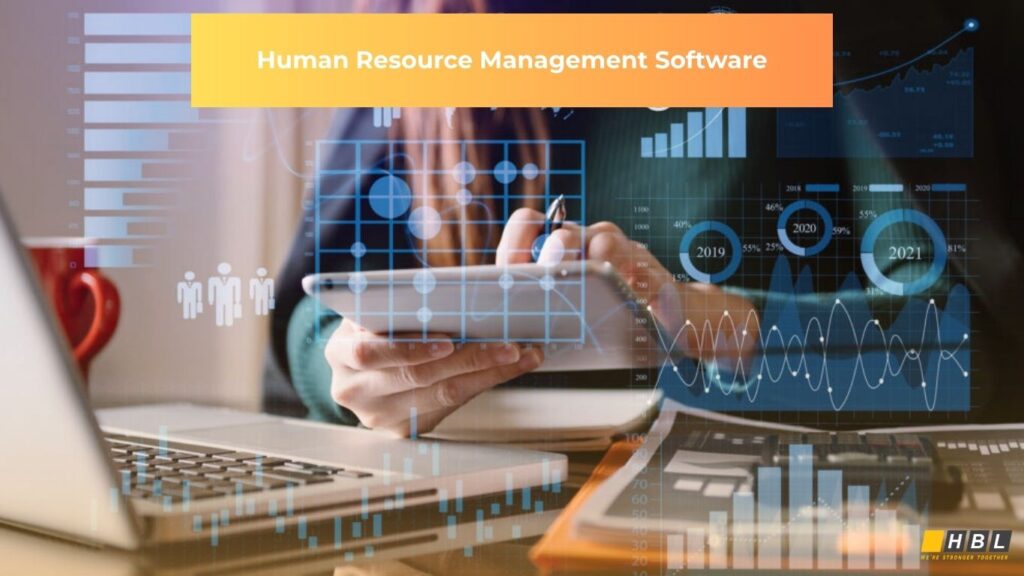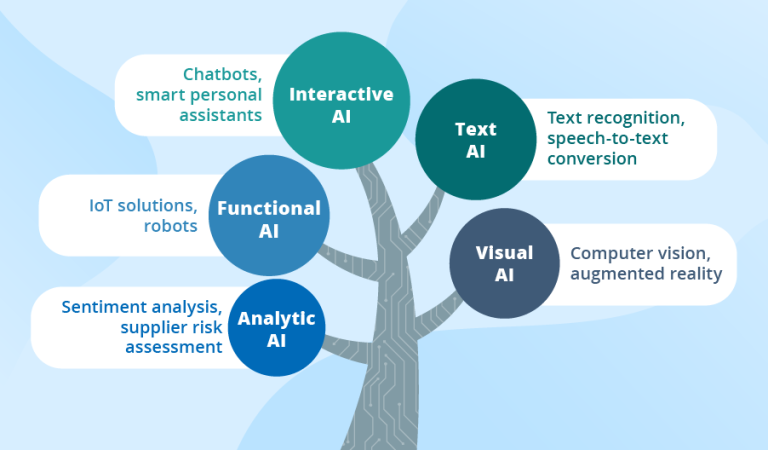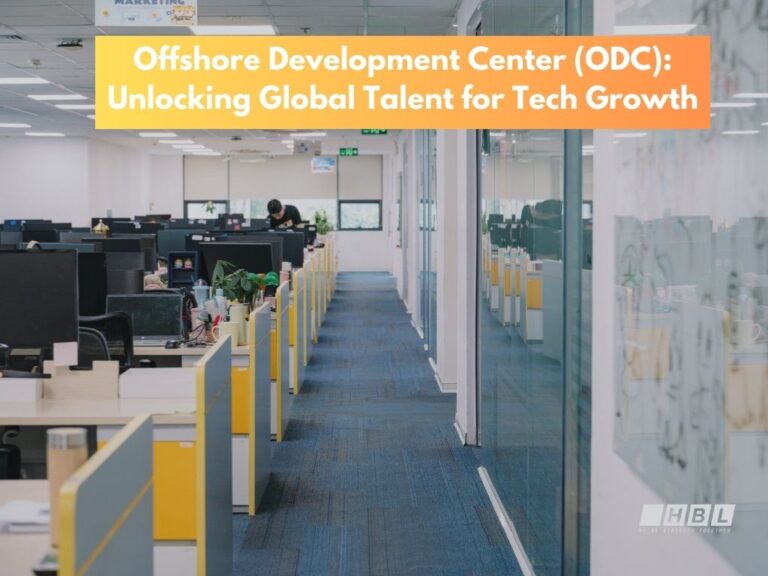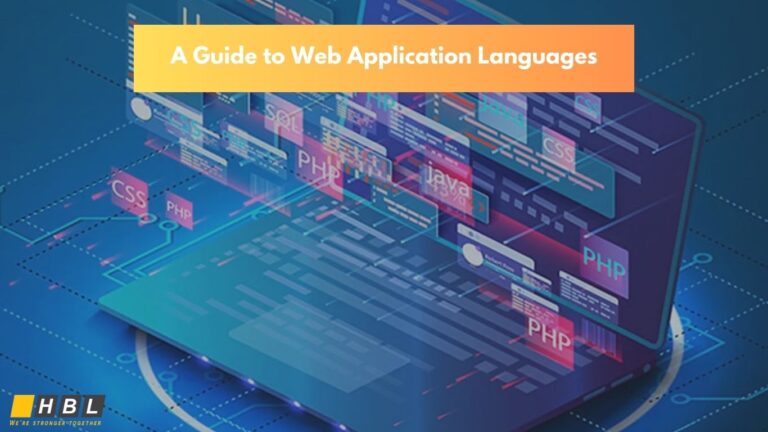In today’s competitive business landscape, effective people management defines an organization’s success. Human Resource Management Software (HRMS) — also known as Human Resource Management System Software — has become indispensable for companies looking to streamline HR processes, improve employee engagement, and ensure compliance with labor laws.
From startups to multinational corporations, adopting a digital HR system isn’t just a trend — it’s a strategic move toward sustainable growth and productivity.
2. What Is Human Resource Management Software?
Human Resource Management Software is a digital solution designed to manage, automate, and optimize HR tasks across an organization. It combines several HR functions — recruitment, onboarding, payroll, attendance, performance reviews, and compliance — into a single, integrated system.
Key Modules of an HR Management System
- Recruitment & Applicant Tracking – Simplifies hiring workflows and candidate pipelines.
- Employee Database Management – Centralizes all employee data securely.
- Attendance & Time Tracking – Monitors working hours and absenteeism.
- Payroll & Compensation – Automates salary calculations, taxes, and benefits.
- Performance Management – Tracks goals, reviews, and KPIs in real time.
- Learning & Development – Supports continuous upskilling and compliance training.
- Analytics & Reporting – Provides insights for better decision-making.
By integrating these modules, HR management system software enables HR professionals to move away from spreadsheets and manual paperwork, allowing more time to focus on strategic planning and talent development.
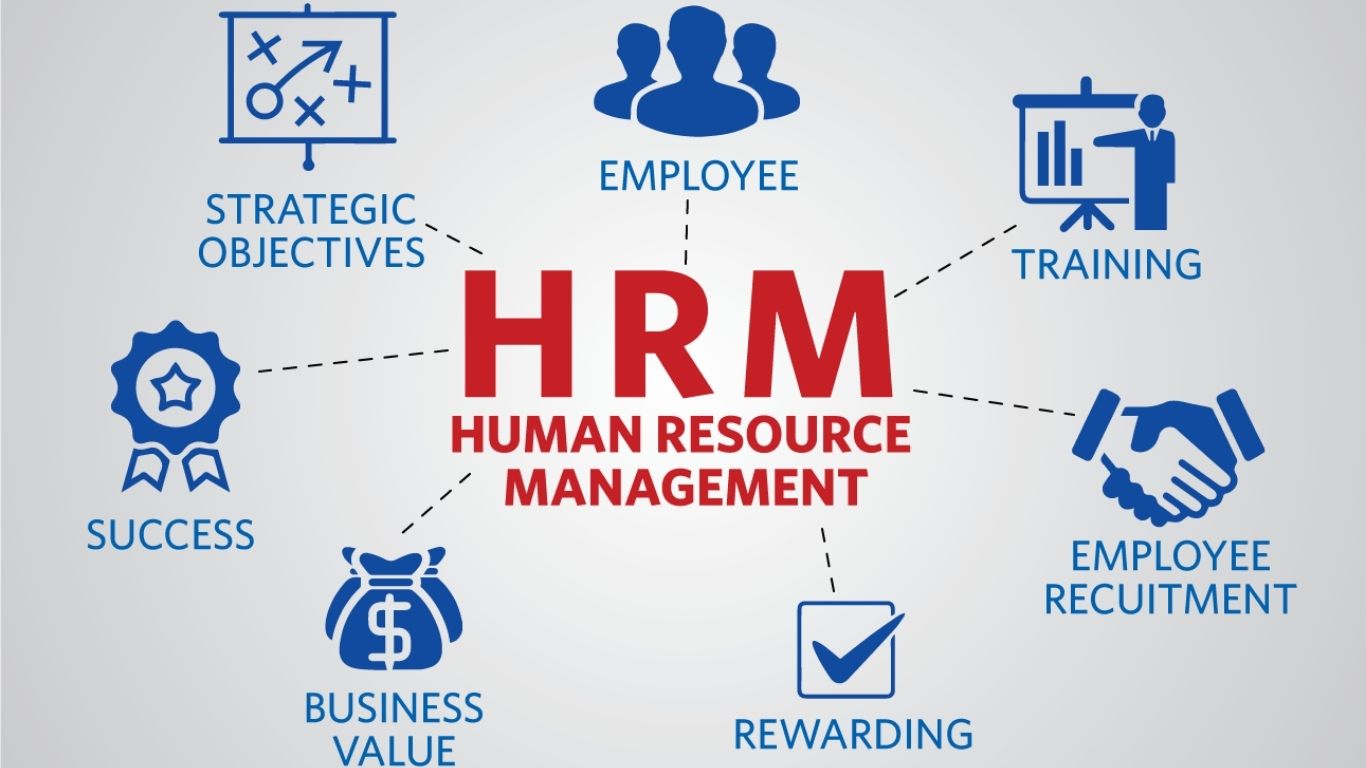
3. The Evolution of Human Resource Management Systems
The journey of HR software has evolved rapidly:
- Early 2000s: Focused mainly on payroll and employee records.
- 2010–2015: Introduction of cloud-based HR platforms.
- 2020–2025: Integration of AI, automation, and analytics, making HR systems more predictive and intelligent.
Today’s human resource management software companies are adopting technologies like machine learning and natural language processing (NLP) to enhance employee experience, automate repetitive tasks, and provide actionable workforce insights.
4. Benefits of Human Resource Management Software
Implementing a robust HRMS delivers measurable benefits across every level of the organization.
Time and Cost Efficiency
Manual HR tasks like payroll, attendance tracking, and reporting consume hundreds of hours monthly. HRMS automates these processes, reducing administrative time by up to 40% and operational costs by 20–30%.
Improved Data Accuracy and Compliance
With automation, errors in payroll, taxes, or employee data entry are minimized. Most HR systems also ensure compliance with local labor laws (e.g., Fair Work Act in Australia or MOM regulations in Singapore).
Enhanced Employee Experience
Self-service portals empower employees to manage leave, claims, and performance reviews independently — boosting satisfaction and engagement.
Better Decision-Making
Advanced analytics provide real-time insights into workforce performance, turnover trends, and hiring effectiveness, helping HR leaders plan more strategically.
Remote Workforce Management
As hybrid work becomes the new norm, HR software enables digital attendance, virtual onboarding, and remote collaboration tools — essential for distributed teams.

5. Types of Human Resource Management Software
HRMS solutions vary based on company size, goals, and technical requirements.
| Type | Key Features | Ideal For |
| On-Premise HRMS | Installed on company servers; full control over data. | Large enterprises with in-house IT teams. |
| Cloud-Based HRMS (SaaS) | Accessible anywhere; lower upfront costs. | SMEs and startups. |
| AI-Driven HRMS | Uses AI for predictive analytics, talent retention, and automation. | Data-driven organizations seeking innovation. |
| Modular HRMS | Allows businesses to choose only needed modules. | Businesses looking for flexibility and scalability. |
6. Human Resource Management Software for Small Businesses
For small and medium-sized enterprises (SMEs), selecting the best human resource management software for small business is critical to maintaining efficiency without overspending.
Key Considerations:
- Ease of use – Intuitive dashboards and simple setup.
- Affordability – Subscription-based pricing with scalable modules.
- Integration – Seamless connection with accounting and payroll tools.
- Local compliance – Adherence to regional employment regulations.
- Customer support – 24/7 multilingual assistance.
Popular HRMS Options for SMEs:
- BambooHR – Great for employee engagement.
- Zoho People – Affordable and easy to customize.
- Gusto – Excellent payroll automation for U.S. businesses.
- Employment Hero (Australia) – Tailored for local compliance.
- Deel / Rippling – For global workforce and contractors.
However, many SMEs now build custom HRMS platforms tailored to their internal workflows — and this is where HBLAB offers a competitive edge.
7. Challenges in Implementing HR Software
Despite its advantages, some organizations face challenges during digital transformation:
- Resistance to change from employees or management.
- Integration issues with legacy systems.
- Data migration complexities.
- Security and privacy compliance (e.g., GDPR, ISO/IEC 27001).
Partnering with an experienced development company ensures smooth implementation and scalability.
8. Key Features to Look for in 2025
When choosing HR software, modern businesses should prioritize features that align with evolving workforce needs:
- AI-based resume screening and predictive hiring.
- Employee wellness and engagement analytics.
- Mobile-first HR management.
- Automation of compliance updates and alerts.
- Integration with collaboration tools (Slack, Microsoft Teams).
- Multilingual and multi-currency support for global teams.
9. The Future of HRMS: AI, Automation, and People Analytics
By 2025, the line between HR and technology continues to blur. The next generation of human resource management software is powered by:
- AI-driven insights – predicting turnover, identifying high-potential employees.
- Chatbots – automating employee inquiries and onboarding.
- Data lakes – centralizing HR, finance, and project data for unified insights.
- Low-code platforms – enabling HR teams to customize workflows without coding.
Forward-thinking HR leaders are already leveraging AI-powered HRMS to improve workforce planning, reduce burnout, and enhance employee retention.
10. Custom HR Software Development: Why Businesses Choose Tailor-Made Solutions
While off-the-shelf HR software works for many, companies with unique workflows often opt for custom human resource management software development.
Benefits of Custom HRMS:
- Tailored functionalities for your organization’s specific processes.
- Seamless integration with ERP, CRM, and project management systems.
- Enhanced security and compliance control.
- Scalable architecture for future expansion.
11. HBLAB – Your Trusted HR Software Development Partner
With over 630+ engineers and offices in Vietnam, Japan, Singapore, South Korea, and Australia, HBLAB delivers end-to-end human resource management system software development tailored to business needs across industries.
Our Strengths:
- Comprehensive cooperation models: BOT, Offshore, Onsite, and Dedicated Teams.
- Cost-efficient solutions: Up to 30% lower than local market rates without compromising quality.
- Highly skilled workforce: 30% senior-level engineers with over 5 years’ experience handling complex projects.
- Multilingual communication: English-proficient engineers for global collaboration.
- Strong security compliance: Certified CMMI Level 3, ensuring robust data protection and process maturity.
- Technology expertise: Cloud, AI, Low-code, and Integration with leading platforms like AWS, Azure, and GCP.
Why Clients Choose HBLAB:
Whether you need a custom HR portal, AI-driven attendance tracking, or multi-branch payroll automation, HBLAB’s expert team designs scalable and secure HRMS tailored to your organization’s culture and regulatory environment.
💡 Looking to build your own human resource management software?
CONTACT US FOR A FREE CONSULTATION!

12. How to Choose the Right Human Resource Management Software Company
Selecting the right partner requires evaluating both technical expertise and strategic alignment. Here’s a checklist:
| Criteria | What to Look For |
| Experience | Proven track record in HR system projects. |
| Technical Stack | Cloud, AI, API integration, data security. |
| Scalability | Can handle future growth and custom modules. |
| Support Model | Continuous maintenance, updates, and training. |
| Security Standards | Compliance with ISO/IEC 27001, CMMI, GDPR. |
Partnering with a company like HBLAB, with deep expertise in system architecture and HR digitalization, ensures your HR software not only functions — but scales.
13. Human Resource Management Software Companies: Global Leaders in 2025
Here are some global players shaping the HRMS landscape:
| Company | Highlights |
| Workday | Cloud-based HR and finance integration. |
| SAP SuccessFactors | Enterprise-grade HR analytics and talent management. |
| ADP Workforce Now | Payroll and compliance for global enterprises. |
| BambooHR | Simple HRMS for growing teams. |
| HBLAB | Custom AI-powered HR software development for digital transformation. |
Each of these companies addresses different market segments, but what sets HBLAB apart is its flexibility, affordability, and customization capabilities for clients across Asia-Pacific and global markets.
14. HRMS Implementation Best Practices
A successful HRMS rollout depends on careful planning and change management.
Follow these steps:
- Assess Business Needs: Identify pain points in current HR processes.
- Engage Stakeholders: Secure buy-in from management and employees.
- Select the Right Vendor: Evaluate based on expertise and support.
- Migrate Data Carefully: Ensure accuracy and security.
- Train Employees: Facilitate adoption through training sessions.
- Monitor & Optimize: Use analytics to refine workflows and maximize ROI.
15. Measuring ROI from HR Software
Companies that adopt human resource management system software typically see:
- 30–40% faster recruitment cycles.
- 25% reduction in HR operational costs.
- 20% increase in employee retention.
- Improved decision-making speed with real-time analytics.
Tracking ROI helps ensure that technology investments align with strategic business goals.
16. Common FAQs about Human Resource Management Software
Q1: What is human resource management software used for?
It’s used to automate HR functions such as payroll, recruitment, attendance tracking, performance evaluation, and compliance.
Q2: What are the benefits of HRMS for small businesses?
It saves time, reduces administrative work, improves data accuracy, and ensures legal compliance — all within an affordable budget.
Q3: How much does HR management software cost?
Costs vary from $5–$20 per employee/month for SaaS solutions, or higher for custom-built systems depending on features and scale.
Q4: What is the difference between HRMS and HRIS?
HRIS focuses on employee information and compliance, while HRMS covers broader strategic HR functions like performance, engagement, and learning.
Q5: Can HR software integrate with existing systems?
Yes, most modern HRMS platforms support API integrations with ERP, CRM, and payroll systems.
17. Conclusion
The future of HR is digital, data-driven, and people-centric.
Implementing human resource management software not only optimizes daily operations but also empowers businesses to build agile, resilient workforces.
For organizations looking to scale efficiently while maintaining compliance and employee engagement, investing in a customized HRMS is no longer optional — it’s essential.
✨ HBLAB stands ready to partner with your business on this journey, offering world-class human resource management system software development services backed by experience, security, and innovation.
See more:
– Database Development Made Simple: A Friendly Guide
– PowerBI Service: Unlocking Scalable Business Analytics
– The Ultimate Guide to Successful Blockchain App Development
